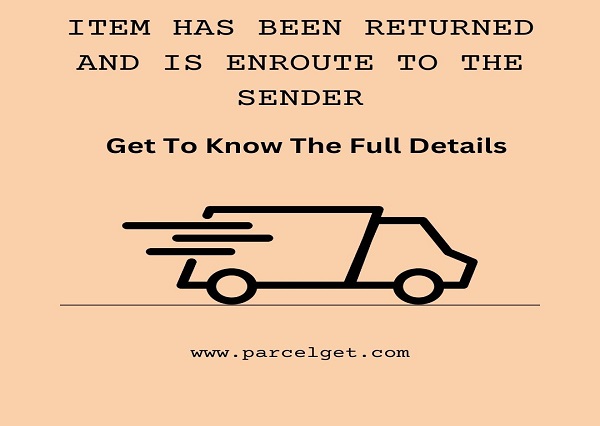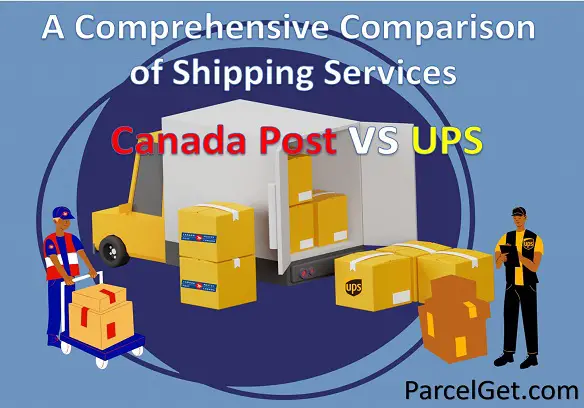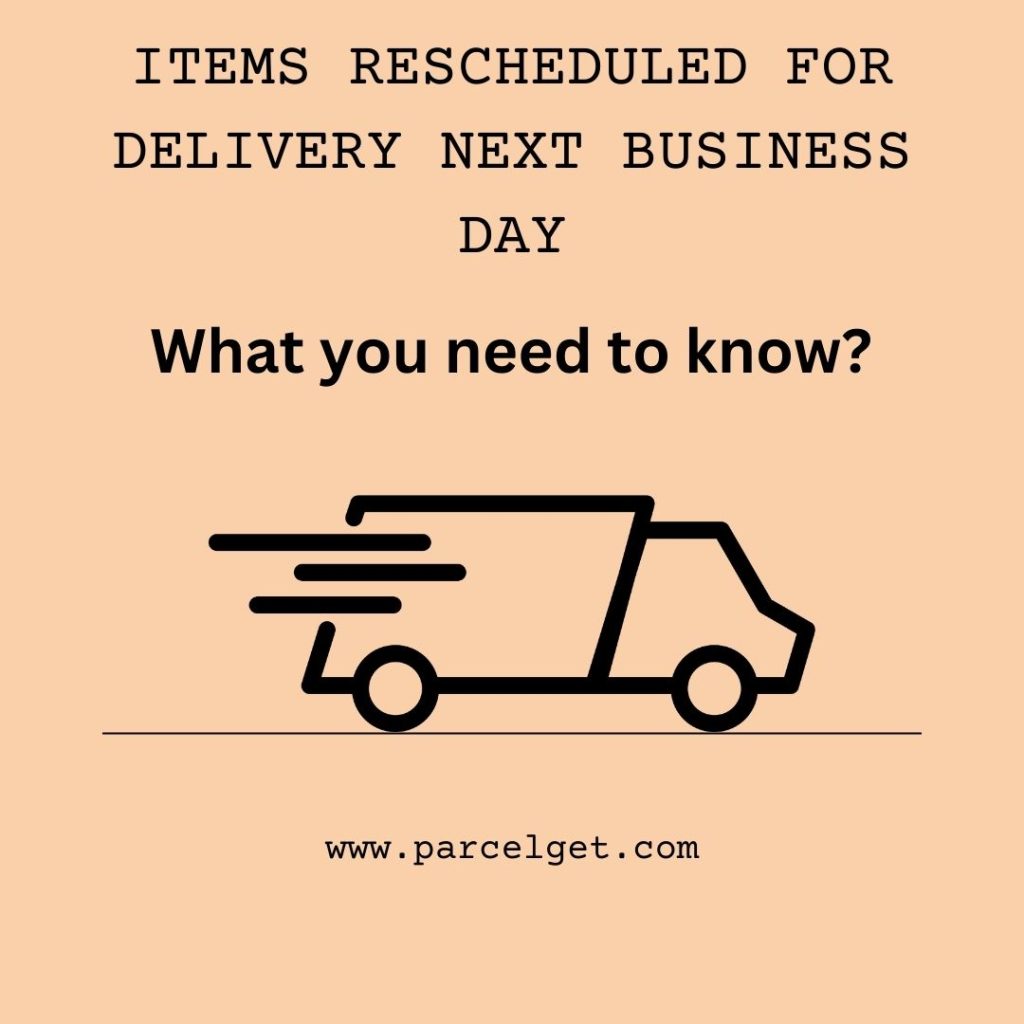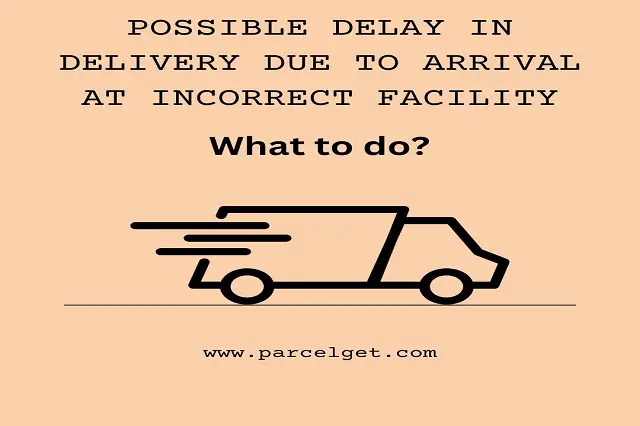When an item is returned and enroute to the sender, it indicates that the delivery attempt was unsuccessful. The package is now in transit back to the original sender. This situation can arise due to various reasons.
I am going to share with you some of the common ones with additional details. You will get to understand what happens when an item is returned and enroute to the sender. It will help both senders and recipients navigate the process effectively. Let’s check it out.

What are the reasons for an item being returned to the sender?
There are several reasons why an item may be returned to the sender by Canada Post. Understanding these reasons can help ensure a successful delivery and prevent any potential issues. Here are some common factors that may result in the return of an item:
· Incomplete or Incorrect Address
If the recipient’s address is incomplete, inaccurate, or illegible, Canada Post may be unable to deliver the item. In such cases, the package will be returned to the sender. You should always make sure that your address is accurate and detailed.
· Unclaimed or Undeliverable Package
It can happen if he recipient fails to claim the package within the specified timeframe or if the delivery attempts are unsuccessful due to various reasons. You can take example like recipient not available, and refusal to accept the package. Canada Post may return the item to the sender.
· Insufficient Postage
If the sender fails to provide sufficient postage for the item, it may be returned. Insufficient postage can result from underestimating the weight or size of the package. It can also happen If not adhered to the required postage rates.
· Customs Issues
In the case of international shipments, if the package encounters customs-related issues. It can be incorrect or missing documentation, prohibited items, or non-payment of customs duties or taxes. It may be returned to the sender.
· Damaged or Unfit Packaging
Packages that are inadequately packaged and pose a risk to postal workers or the contents during transit may be returned. Proper packaging is essential to ensure the safe delivery of items. Otherwise, it may come back to the sender.
What happens when an item is returned to the sender?
When an item is returned to the sender by Canada Post, a series of processes is set in motion to handle the returned package. You need to know the process and have a good idea what you can expect. Here’s what typically happens when an item is returned to the sender.
Package Inspection: Upon receiving the returned package, the sender or their designated representative will inspect the contents to assess its condition. They will check for any damages, discrepancies, or signs of tampering during transit.
Reason for Return: The sender will review the reason for return, which is often indicated on the package or provided by Canada Post. This helps identify the specific issue that led to the return. You can take example of incomplete address, unclaimed package, or customs-related problem.
Communication with Recipient: In some cases, the sender may attempt to communicate with the recipient to clarify the issue or obtain updated address information. This is especially relevant if the return was due to an incomplete or incorrect address.
Refund or Reshipment: It depends on the circumstances and the sender’s policies. They may choose to issue a refund for the returned item or arrange for its reshipment. The decision may be influenced by factors such as the condition of the package, the value of the item, and the reason for the return.
Address Correction: If the return was due to an address-related issue, the sender may update the recipient’s address. This is the necessary adjustments need to ensure successful delivery upon reshipment.
Documentation and Record-Keeping: Throughout the process, the sender will maintain records of the returned package. You can take example of communication, inspection reports, refunds issued, or reshipment details. This helps track the status of the returned item and maintain accurate records for future reference.
How to prevent items from being returned to the sender?
It is essential to take proactive measures to ensure a successful delivery to prevent items from being returned to the sender by Canada Post. Provide complete and accurate recipient address details when shipping items.
Double-check the address for any errors or missing information that could lead to delivery issues. Ensure that your package is properly packaged and labeled with clear and legible shipping labels. Use durable packaging materials to protect the contents during transit.
Make sure to calculate and affix the correct amount of postage to your package. Verify the weight and dimensions of the item and choose the appropriate postage option to avoid insufficient postage. If shipping internationally.
You should familiarize yourself with the customs regulations and requirements of the destination country. Properly declare the contents of your package and include any necessary documentation to facilitate smooth customs clearance.
Common challenges faced by senders when an item is returned
When an item is returned to the sender, it can present various challenges that need to be addressed. The sender may incur additional costs associated with the return shipment. Some unexpected challenges are shared below.
- Delayed Delivery: The return process can cause delay in delivering the item to the intended recipient. This can be frustrating for both the sender and the recipient. The item is time-sensitive or urgently needed.
- Customer Dissatisfaction: When an item is returned, it can lead to customer dissatisfaction. Customers may question the reliability or efficiency of the sender’s services. Result in a negative perception of their brand or business.
- Inventory Management Challenges: Returned items need to be properly managed within the sender’s inventory. This involves tracking the returned items, updating stock levels, and potentially conducting inspections or repairs.
- Loss of Time and Productivity: Handling returned items requires the sender’s time and attention. Divert resources away from other business operations. This can affect productivity and create disruptions in the sender’s workflow.
How to handle returned items as a sender?
Handling returned items as a sender requires a systematic approach to ensure efficient and effective resolution. Carefully assess the reason for the return. Here are some key steps to consider when dealing with returned items.
· Inspect the Returned Item
Thoroughly examine the returned item to assess its condition. Check for damages, discrepancies, or signs of tampering during transit. This information will help determine the appropriate next steps.
· Communicate with the Recipient
Reach out to the recipient to clarify the issue, gather updated address information (if applicable), or address any concerns they may have. Clear communication can help resolve any misunderstandings and improve customer satisfaction.
· Decide on Refund or Reshipment
Based on the nature of the return and the item’s condition, decide whether a refund should be issued or if reshipment is feasible. Consider factors such as the value of the item, customer relationship, and the likelihood of successful redelivery
· Update Address Information
If the return was due to an address-related issue, update the recipient’s address to ensure accurate information for future shipments. Double-check the recipient’s details to avoid similar problems in subsequent deliveries.
· Maintain Documentation
Keep detailed records of the returned item, including communication with the recipient, inspection reports, refund or reshipment decisions, and any other relevant information. These records will help track the status of the returned item and aid in record-keeping.
· Take Corrective Actions
Analyze the reasons for the return and identify areas for improvement in your shipping and communication processes. Implement necessary changes to minimize the likelihood of future returns.
Conclusion
A returned and enrooted item can be troublesome. It signifies an unsuccessful delivery attempt and the package’s journey back to its origin. This situation highlights the importance of accurate address information, effective communication, and proactive measures by both senders and recipients.
As a sender, staying informed about the return process and tracking the package’s status is crucial. Moreover, the return process provides an opportunity for senders to identify areas for improvement in their shipping operations. It serves as a valuable learning experience for both parties involved.




